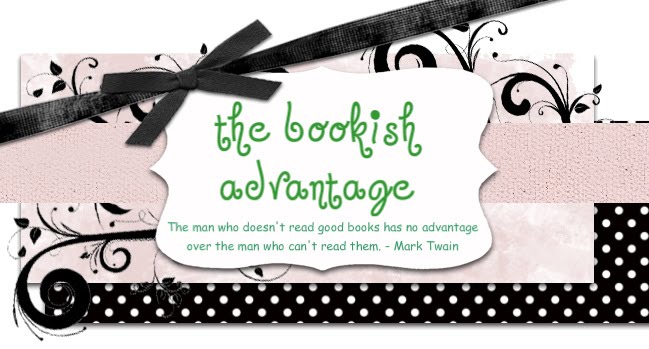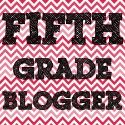Reflection: “Switching Gears: Helping Students move Successfully from Reading Literature to Reading in the Content Areas” by Steve Peha
“Put simply: content area reading is more difficult than reading literature”
I could not agree more with the statement that reading content area material (nonfiction) is more difficult than reading literature (fiction)! In fact, I’ve been explaining that to parents since I started teaching. I believe that nonfiction reading is more difficult because you can’t always “get the jist” of the reading, but with fiction, that is usually possible. As a second grade teacher, I literally explained this to at least one set of parents a quarter (probably more).
I have always known that reading nonfiction meant using a different skill set, and I have tried to teach that to my students, but this article pointed out a few things that I think will help me to ensure that I’m encouraging student learning even more effectively.
Peha points out that we need to look at eight broad areas, so I’ll be commenting on each:
1. Differences – Because there are differences in fiction and nonfiction, we need to teach students that there are different approaches to reading the two types of text.
2. Balance – Students need to be presented with both fiction and nonfiction texts starting at a young age, and they need to be taught the skills needed to be successful when reading both texts. By beginning at a younger age, students will become more comfortable with both sets of skills (those for fiction and those for nonfiction, and they should be more likely to experience success later, when content reading becomes more prevalent.
3. Process – “…kids need to know not only what they are reading, but how they are reading as well.” As teachers, we need to point out that reading is a process and that there are steps to making sure the process runs as effectively as possible.
4. Strategy – Students need to be taught strategies to use with all types of text, so that when the reading becomes difficult, they have tools to continue on instead of stopping. Teachers also need to point out that there are different strategies for different types of text --- even though we take this knowledge for granted, the kids may not realize that fact.
5. Modeling – “…all teachers can model their own reading processes and strategies in front of their students.” However, some teachers may need some professional development to learn how to do this effectively. Again, many of the things that we do automatically, don’t even occur to students because those skills haven’t been taught.
6. Retention – Reading information and remembering the information are not the same thing. “In addition to showing kids how to understand nonfiction information, we have to show them how to remember it as well.” This means giving students another set of tools!
7. Applications – People are more likely to remember information that is meaningful to them, so teachers need to show students how to make things meaningful. (Worksheets and answering questions are not the most effective tool for this – and actually tend to be detrimental because they create bad habits and attitudes.)
8. Value – Students need to understand that nonfiction reading is an essential skill, not only to be successful in school, but to be successful in the real world. Teachers need to present students with nonfiction texts that have real world value so that students can begin to see that nonfiction has a purpose beyond school assignments.
“…all teachers can help their students read more effectively by making small
changes to their regular teaching…”





0 comments:
Post a Comment